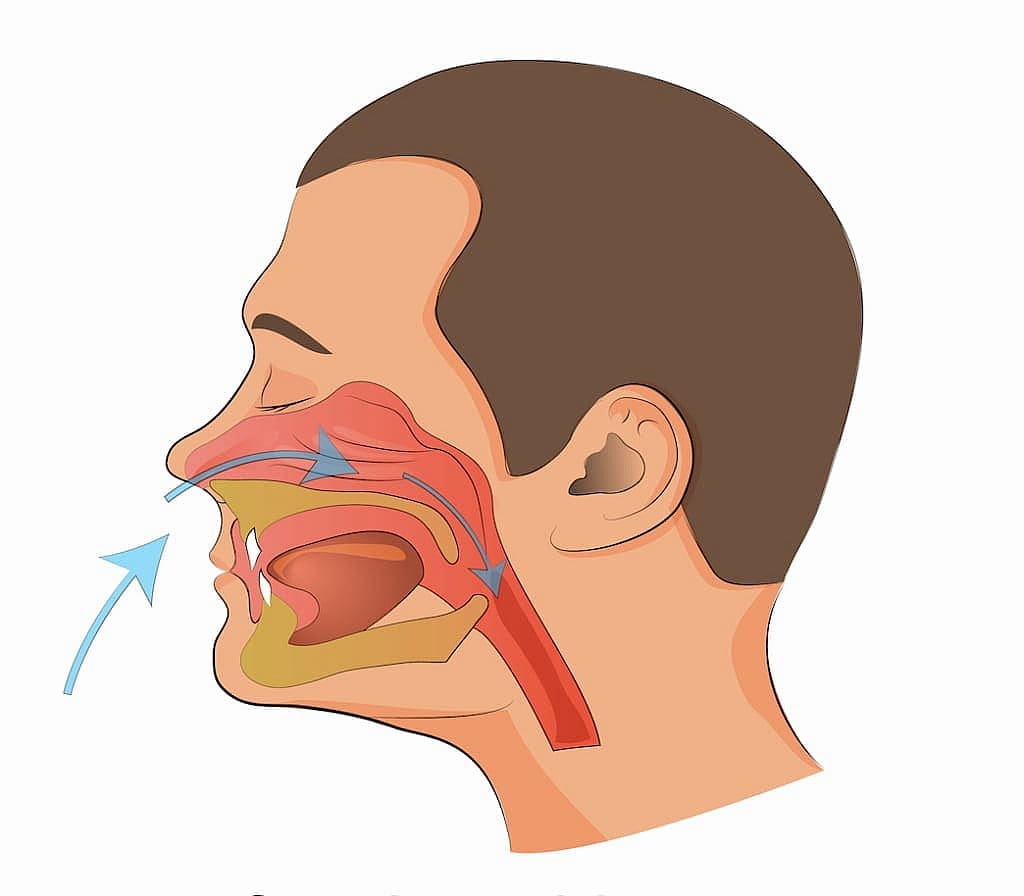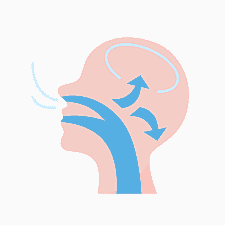
Mouth Breather: Causes & Treatment Options in San Antonio TX

Causes and Effects of Mouth Breathing

Causes of mouth breathing
Several factors lead to mouth breathing. These include seasonal allergies (like cedar fever), persistent nasal congestion, enlarged tonsils, and sleep apnea. Many local residents experience worsened symptoms due to environmental triggers and allergens specific to the environmental region.

Mouth breathing affects overall health
Respiratory health is highly affected by mouth breathing. Without the nasal passage filtering air properly, individuals may face a higher risk of respiratory infections, lowered oxygen intake, and inefficient breathing. This is especially concerning in areas where air quality fluctuates significantly throughout the year.

Relationship between mouth breathing and dry mouth
In warmer climates, mouth breathing worsens dry mouth conditions. Dryness in the mouth (xerostomia) occurs frequently in patients and can pave the way for oral health problems if untreated.

Connection between mouth breathing and sleep apnea
Mouth breathing and sleep apnea often coexist, forming a cycle that disrupts sleep quality and daily performance. Many patients experience better sleep once their mouth breathing is treated, which highlights the need to address both for improved overall health and function.

Effects of mouth breathing on brain function and cognitive abilities (brain fog)
Mouth breathing can lead to cognitive challenges, such as decreased concentration and mental fatigue. These struggles can interfere with daily life, emphasizing the importance of resolving the issue for sharper focus and improved brain productivity.

Impact of mouth breathing on oral health and bad breath
Mouth breathing impacts oral health and contributes to bad breath (halitosis). Reduced saliva lets harmful bacteria flourish, increasing risks of tooth decay and gum-related diseases.
Health Risks Associated with Mouth Breathing
Mouth breathing in adults and kids can elevate the likelihood of respiratory illnesses, like sinus infections, colds, and flu. This happens because mouth breathing bypasses the nose’s filtration capabilities, letting harmful particles enter the lungs unhindered.
In children, habitual mouth breathing can cause serious concerns, including improper facial growth, dental misalignment, poor sleep quality, and behavioral issues. Addressing mouth breathing early is vital to preventing developmental complications and improving overall well-being.
Diagnosis and Treatment
At Fiesta Orthodontics, we use advanced methods to detect mouth breathing habits and their root causes. Our personalized treatment plans may involve orthodontic solutions, breathing exercises, and collaboration with local specialists when needed.
Prevention and Management
Supporting nasal breathing in children can be achieved through various preventive and management strategies. First, lifestyle changes such as eating a nutritious diet, staying hydrated, and staying active can help reduce nasal congestion and encourage better breathing. Second, specific breathing exercises can be introduced to improve breathing habits.
These may include diaphragmatic breathing, which encourages deep breaths using the diaphragm instead of shallow chest breathing, as well as simple exercises to help clear nasal passages. Teaching children about the benefits of nasal breathing and raising awareness of healthy breathing habits can also be very effective. By combining lifestyle improvements with focused breathing exercises, a well-rounded approach can help develop and maintain good nasal breathing in children.

Improving Your Breathing and Health with Airway Orthodontics
We use cutting-edge 3D imaging technology at our facility to examine airway structures and create detailed treatment plans. This innovative method enables us to tackle both breathing issues and orthodontic needs at the same time, ensuring the best outcomes for our patients.

